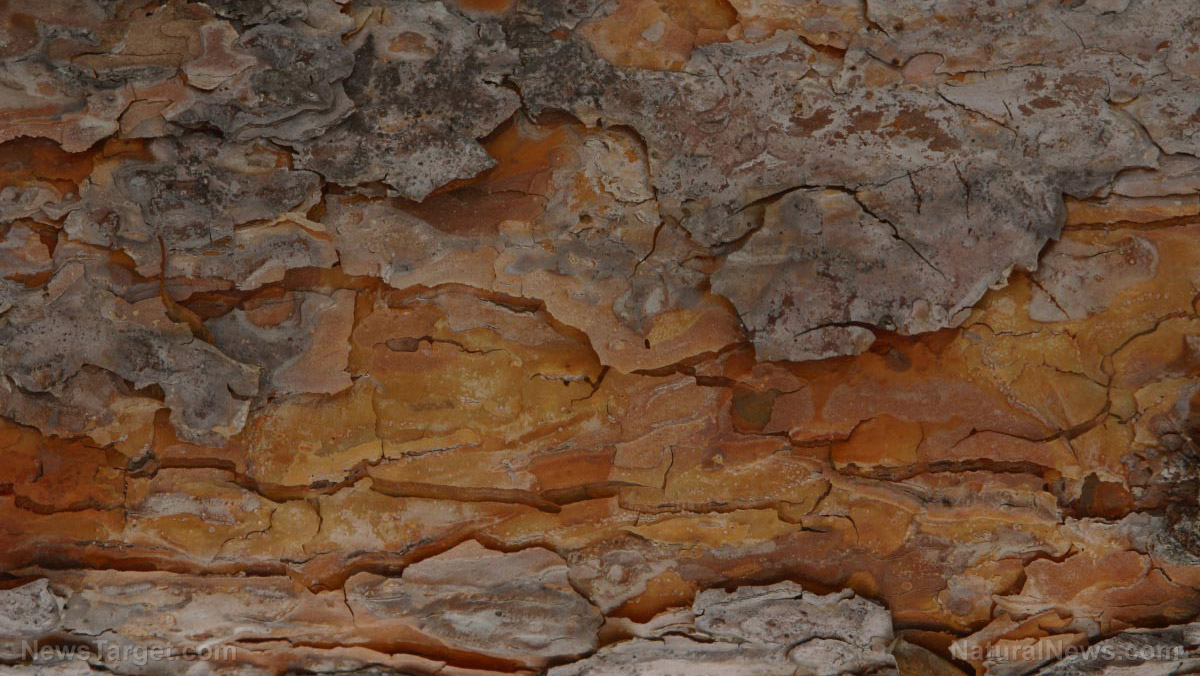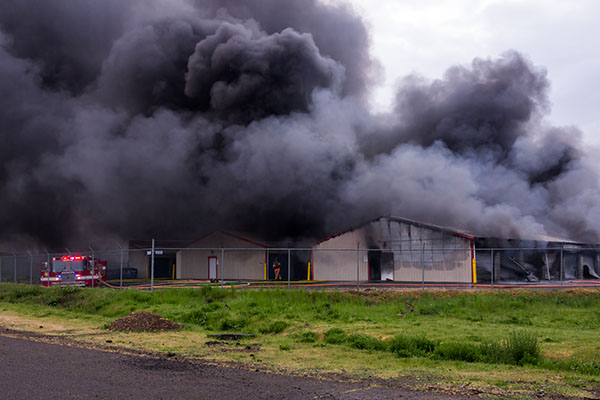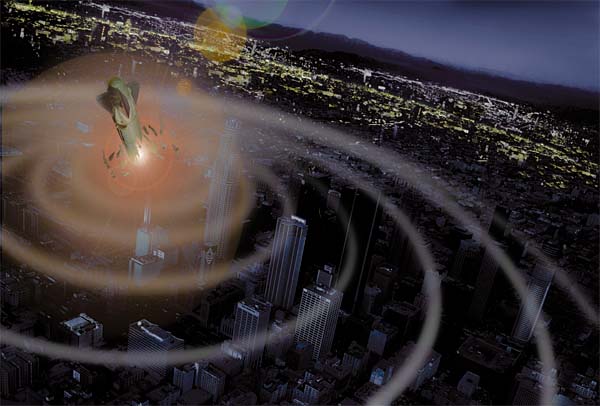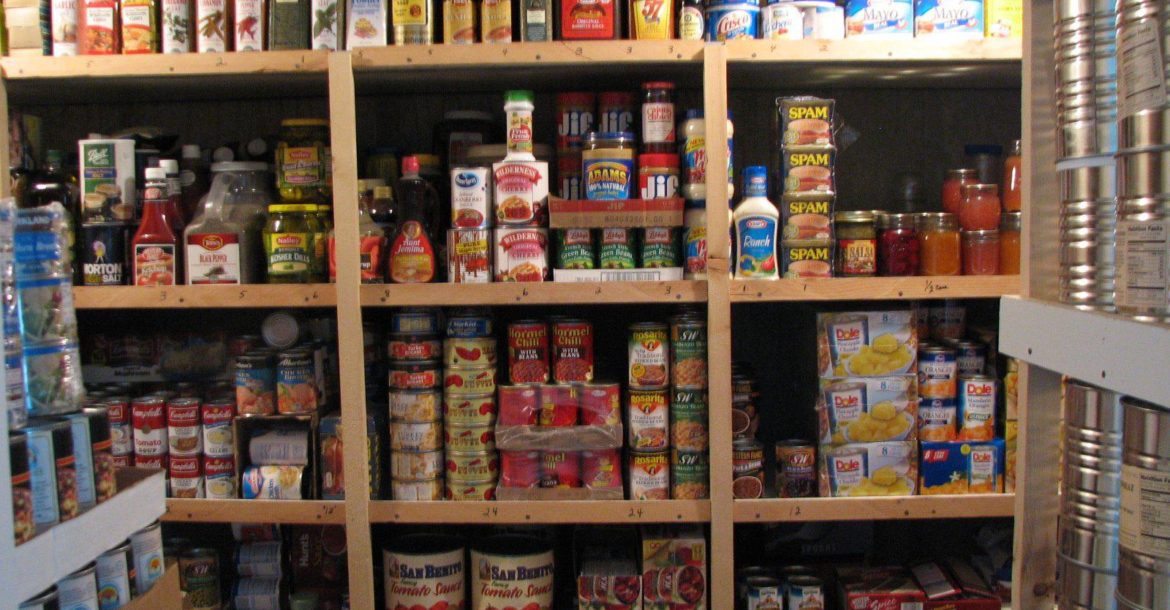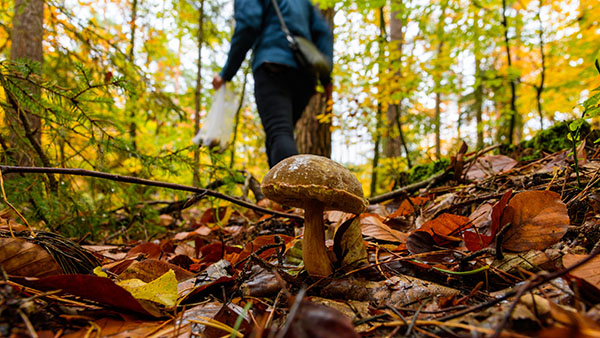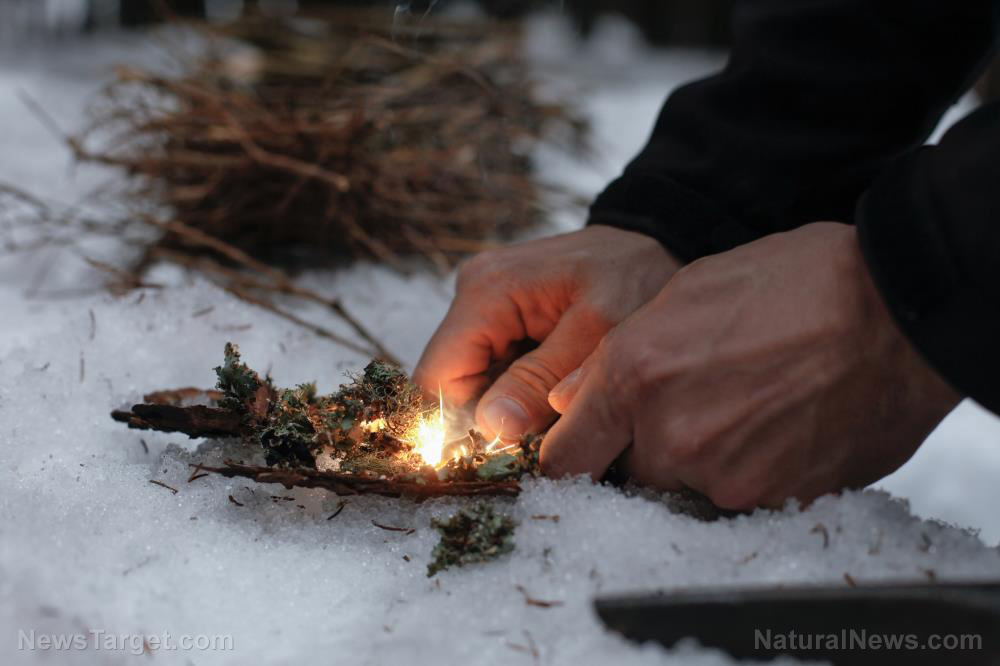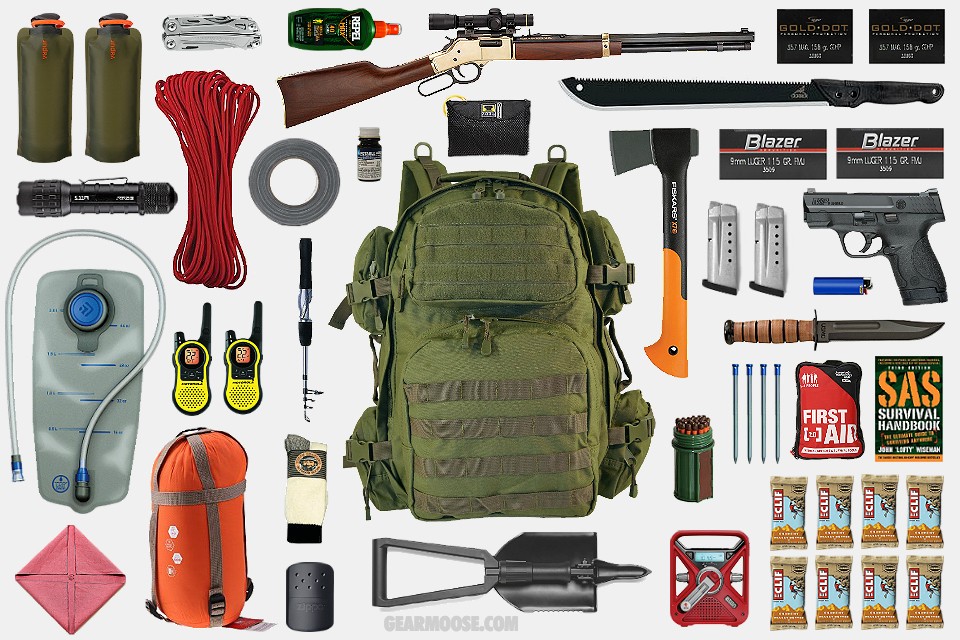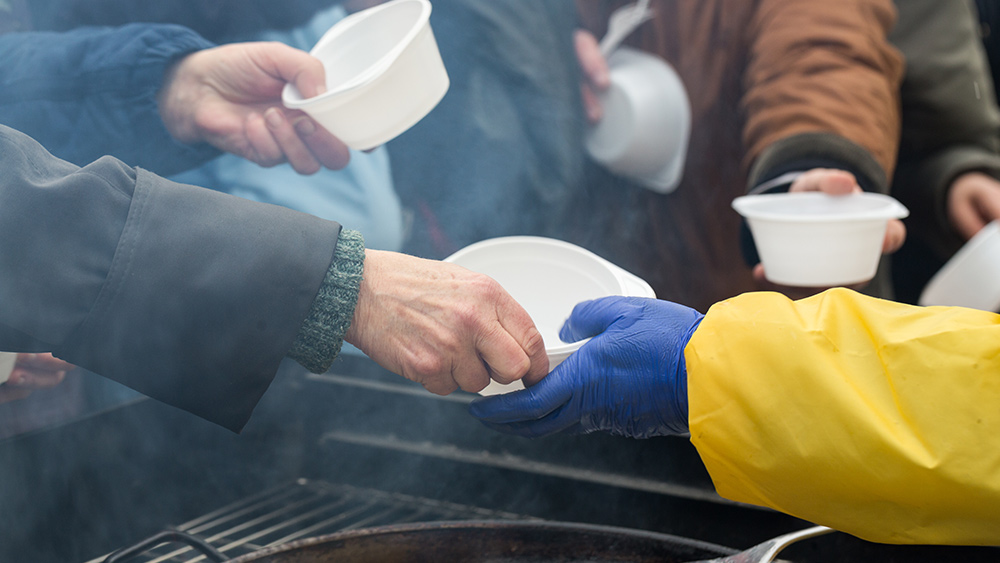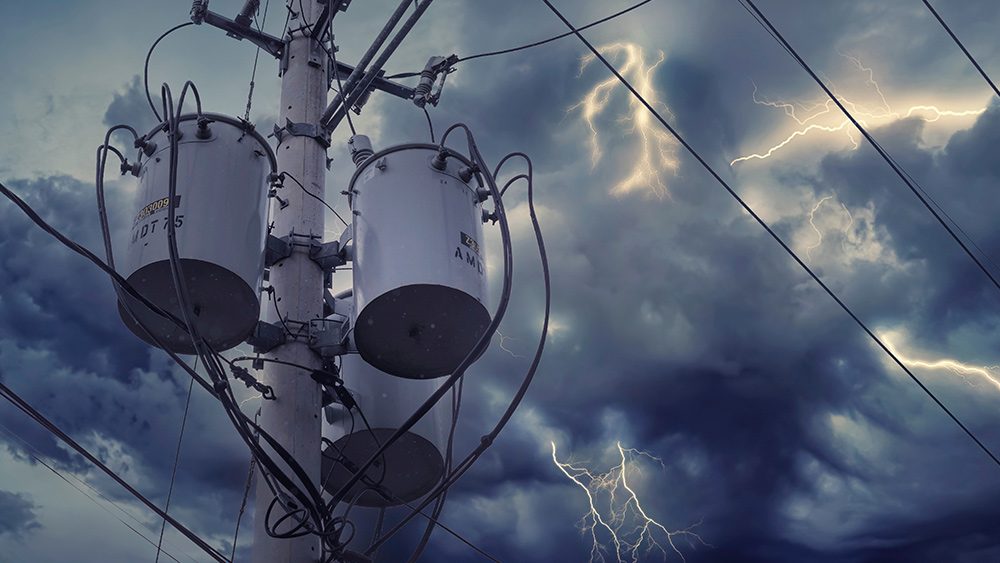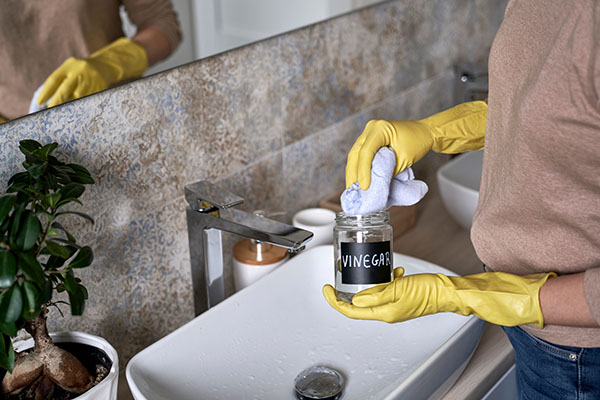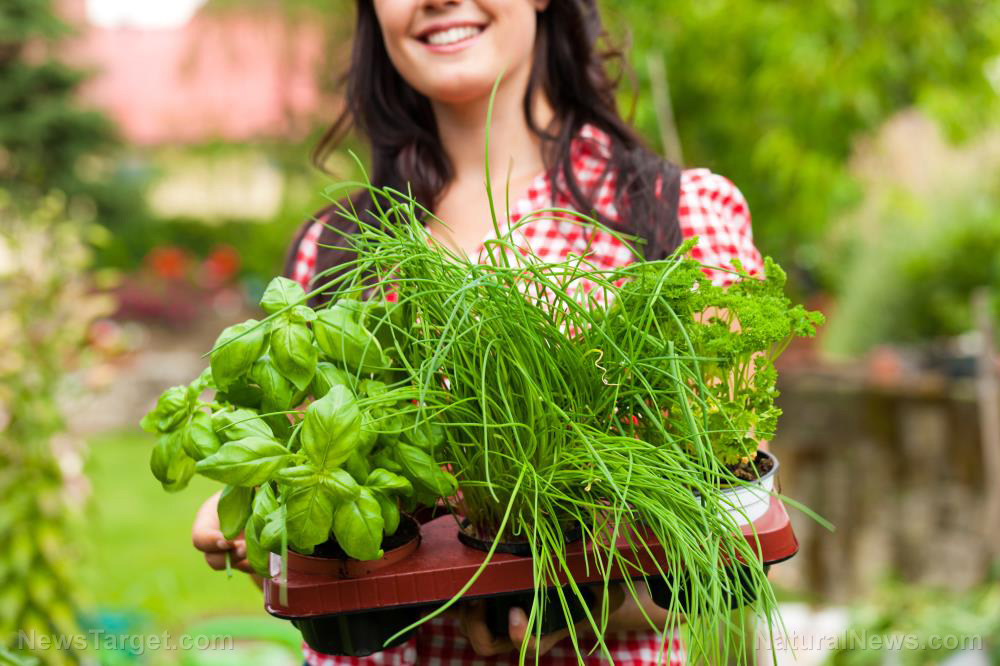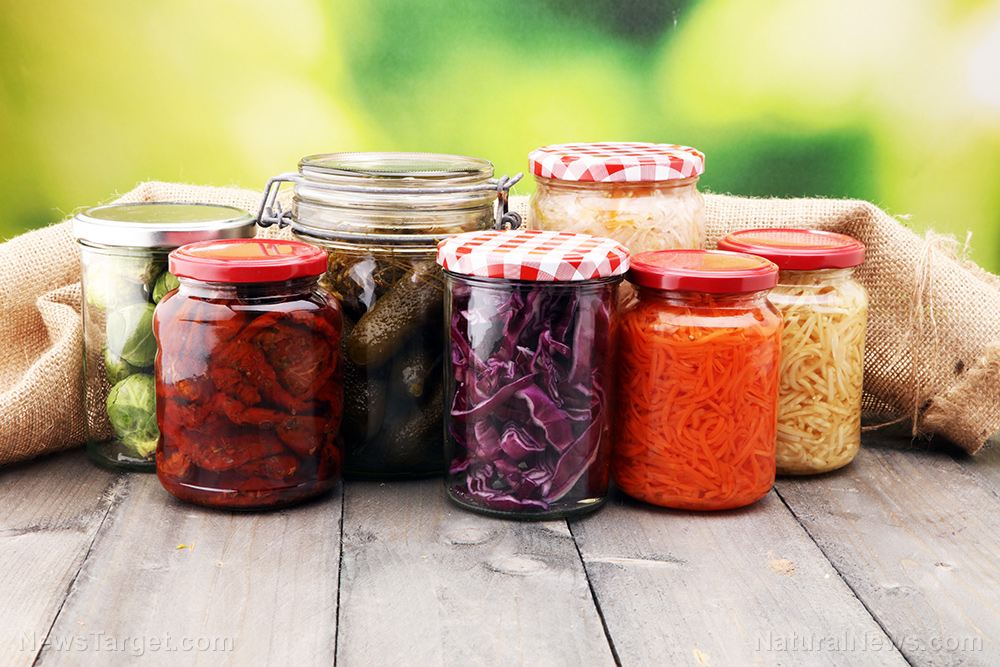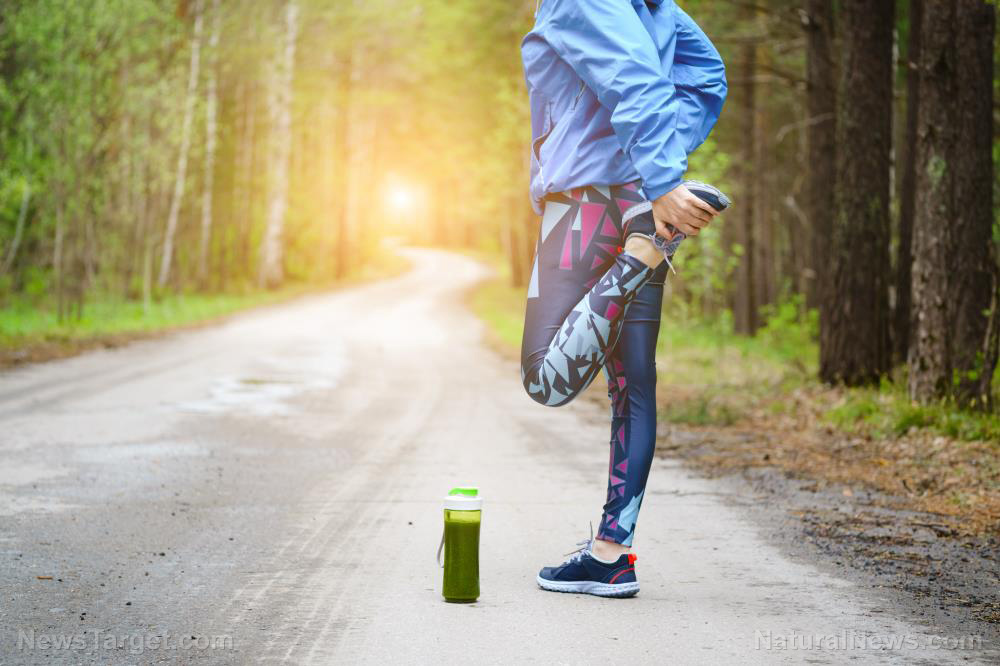Prepping 101: How to clean up your home after a flood
06/16/2023 / By Zoey Sky
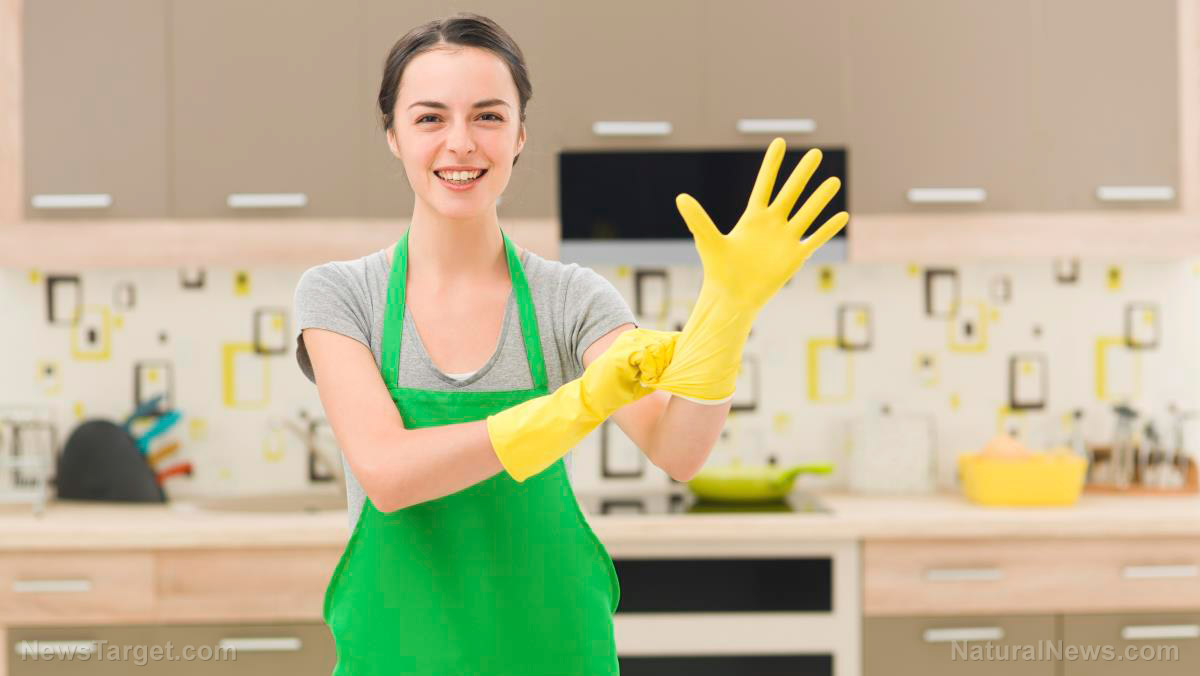
Every prepper should know what to do after a flood because flooding is the most frequent natural disaster. A one percent annual flood risk (one in 100 year flood) may seem low, but this means that there is a 25 percent chance that you will experience a flood within a 30-year mortgage.
Prepare ahead of time because it doesn’t take much flood water to cause huge amounts of damage.
It’s also important to take precautions because floodwater usually contains sewage and other disease-causing microorganisms. Aside from the water damage, you will also have to deal with various health issues.
Cleaning up may be the last thing you want to do after a flood, but the longer you wait to clean up, the worse the damage will be. This is why you should know how to clean up properly after a flood. (h/t to PrimalSurvivor.net)
Cleaning up immediately helps prevent further damage
When water gets into your home after a flood, you could be dealing with extensive damage like wet furniture and appliances. You should also know what to do when dealing with mold growth and food contamination.
First, call your insurance agent and report the water damage. Ideally, you should do this within 24 hours.
Your insurance broker should be able to recommend a contractor with experience in repairs and mold removal. Your house and furnishings are less likely to grow mold if they are dried within 48 hours, so it’s best to do this immediately.
Severe water damage also requires the help of specialists. You also need to make some difficult decisions about which items can be salvaged and cleaned and which ones have to be discarded.
Floodwater may carry silt, raw sewage, oil or chemical wastes that can cause different bacterial, viral or parasitic diseases. This highlights the need for proper clean-up methods, especially thorough disinfecting.
Check with local authorities to determine how to get rid of household items contaminated by sewage or that have been wet for a long time.
Some localities may have regulations and specific procedures for bagging, tagging and disposing of contaminated items. Consider all water unsafe until you have confirmed with your local health department.
This includes water used for drinking, cooking and cleaning.
Flood cleanup supplies
When you’re stocking up before SHTF, you will probably be focused on getting enough food and drinking water for your family. But if your area is prone to floods, you will also want to stock up on various cleaning supplies.
For flood cleanup, you will need the following:
- Bleach
- Biocides/mold killer
- Buckets
- Dish detergent
- Fans
- Hand tools
- Heavy-duty trash bags
- Protective gear, such as long-sleeved shirts, long pants, plastic gloves, rubber boots, goggles and respirator masks
- Shovel
- Sponges, scrub brushes and rags
Cleaning up after a flood
Take photos to record the extent of the flood damage
You will need these for insurance purposes.
Wear protective gear before cleaning up
This can help protect you from disease-causing organisms that may be present in the flood water. Face masks can protect you from mold, building materials or airborne contaminants.
Open windows and doors in the room you are cleaning
If possible, leave the doors and windows open when you’re done. If mold starts to grow on surfaces, wash or scrub them with a mixture of one cup bleach to one gallon of water.
Rinse with clean water and allow the surfaces to air dry.
Remove all soaked items
Store wet items in trash bags or plastic bins outside your house.
Throw away things that can’t be cleaned and dried within 24 to 48 hours
This includes porous items like carpets, pillows, mattresses, stuffed animal toys and textiles.
Shovel out dirt and silt
If you have a wet vacuum, use it to remove any remaining debris.
Open wall panels
Panel walls are very porous and can absorb water above the floodwater line. Opening up wall panels and removing insulation can help facilitate fast drying. Discard all drywall or insulation that has been contaminated with floodwater.
Clean all contaminated hard surfaces
Use water and dish detergent. Clean flooring, wood doors, metal furniture, appliances and countertops. Rinse the surfaces with clean water afterward.
Use bleach to disinfect all salvageable surfaces and items
For most items and surfaces, use one cup of bleach per five gallons of water. Look for unscented household bleach with a sodium hypochlorite concentration between five and nine percent.
Let the surfaces or items air dry after disinfecting. If you have a fan and it is safe to use it (no electrical risks), turn it on to facilitate drying.

Clean up mold
If mold starts to grow on surfaces, wash or scrub them with a mixture of one cup of bleach to one gallon of water. Rinse with clean water and allow the surfaces to air dry.
Never mix bleach with ammonia cleaning products.
If you’re sure about a damp item, throw it out. Leaving wet items in your home increases the chances of mold growth. (Related: DIY cleaning supplies: 3 Simple recipes for homemade cleaning products.)
Cleaning kitchen surfaces
You need to clean your kitchen thoroughly after a flood because this is where you prepare and cook food for your family.
Items like dishes, glassware, pantry shelves, refrigerators, stoves and areas like kitchen counters that have come in contact with water must be thoroughly washed with warm water and soap, rinsed and disinfected.
To disinfect your kitchen, use a solution of 3/4 cup of liquid chlorine bleach per gallon of water. Keep the surfaces wet for two minutes, then rinse them with clean water.
Wood and plastic items, like cutting boards, utensils and food storage containers, that have been in contact with contaminated water must be discarded because they may harbor bacteria, which makes them harder to clean and disinfect.
Cleaning instructions for specific items
Only use clean water when disinfecting. If a boil water advisory is in place, boil the water before mixing it with bleach.
Books and papers
Freeze books and documents in a sealed zip-lock bag until you can properly dry them. Defrost and place a sheet of blotting paper between pages to help them dry.
Children’s toys
Throw away all soft toys and molded toys with injection holes that came into contact with flood water.
Clean non-porous toys with hot water and detergent. Once dry, disinfect with a bleach solution (one cup of bleach to five gallons of water).
Clothing and textiles
Shake out mud and hose down items before putting them in the washing machine. Add one cup of bleach to the wash cycle.
If the clothes cannot be washed with bleach, use a pine oil cleaner instead.
Feather and foam rubber pillows
Wash pillows in the laundry machine with one cup of bleach added to the wash cycle. Wash up to two pillows at a time to avoid overcrowding the washing machine.
Use an extra rinse cycle, then dry in the dryer or hang to air dry.
Food items
Throw away fresh foods and pantry-type foods that touched dirty flood water. This includes unopened foods in glass containers, like salad dressing and canned foods.
Food in glass containers may look safe, but there is currently no lid that will keep out water if the container has come in contact with flood waters. Canned goods containers may develop rust after being exposed to water.
Paper labels on glass and can containers can harbor bacteria and other contaminants in floodwaters.
Dispose of the following items in your pantry or fridge:
- Canned goods
- Containers with cork-lined or waxed cardboard tops, pop-tops, peel-off tops or paraffin seals
- Flexible containers, including cloth, paper, foil and cellophane
- Food in cardboard boxes
- Staples stored in canisters
- Unopened containers
Non-porous food surfaces
Wash non-porous food surfaces such as plates, utensils and counters with hot water and soap.
Rinse and sanitize them with a mixture of one tablespoon of bleach to one gallon of clean water. Set aside small items on a clean surface to air dry.
Photographs
Stack wet photographs between clean sheets of wax paper and put them in a zip-lock bag. Freeze the bag to slow damage.
Defrost and air-dry the photos when you’re ready to clean up.
Porous food surfaces
Throw away items like baby bottles and nipples, pottery, wooden cutting boards and soft plastics which have touched floodwater.
When dealing with the aftermath of a flood, clean and disinfect salvageable items to reduce further damage to your property.
Watch the video below for non-toxic ingredients you can use for DIY cleaning products.
This video is from the snobbish prepper channel on Brighteon.com.
More related stories:
Mold, begone: 5 Non-toxic DIY mold cleaner recipes.
No muss, no fuss: 6 Natural ways to remove mold.
Survival 101: 5 Reasons to set up a safe room or storm shelter.
Sources include:
Submit a correction >>
Tagged Under:
cleaning products, Collapse, disaster, emergency, floods, homesteading, household tips, how-to, off grid, preparedness, prepper, prepping, SHTF, storms, survival, tips
This article may contain statements that reflect the opinion of the author
Get independent news alerts on natural cures, food lab tests, cannabis medicine, science, robotics, drones, privacy and more from NewsTarget.com
Get independent news alerts on natural cures, food lab tests, cannabis medicine, science, robotics, drones, privacy and more from NewsTarget.com
RECENT NEWS & ARTICLES
COPYRIGHT © 2017 · SURVIVAL NEWS



